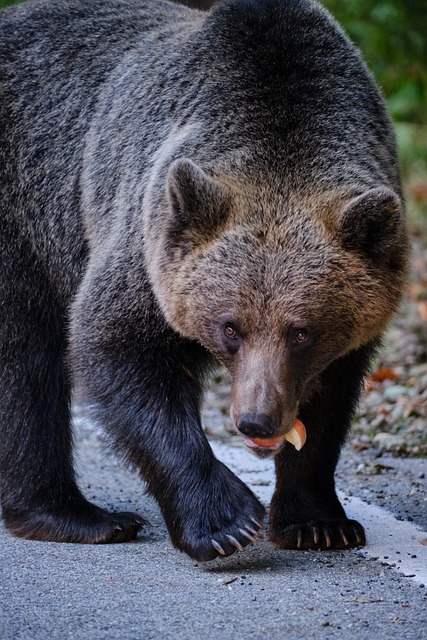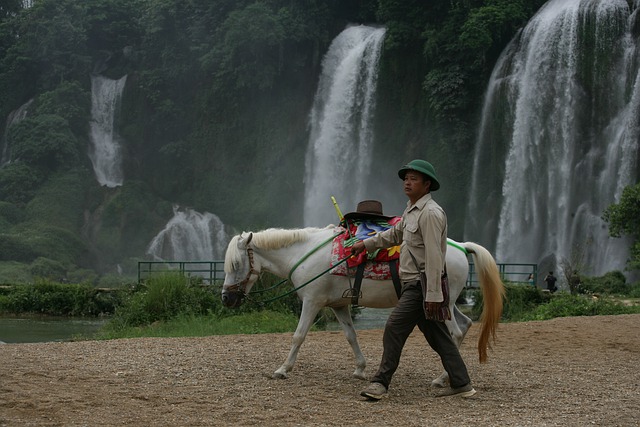wol 🥎 The Whisper of Wolves: Embracing Nature's Guardians for a Better Tomorrow

Olá, pessoal! No artigo de hoje, vamos discutir o tema wol e também abordar wol. Espero que este conteúdo traga novos insights!
In recent years, the majestic wolf has emerged not merely as a subject of folklore and myth but as a symbol of nature's resilience and a testament to the interconnectedness of ecosystems. As discussions around environmental conservation gain momentum, one cannot help but recognize the pivotal role these apex predators play in maintaining the health of their habitats. In an era where human activities have drastically altered landscapes and disrupted the delicate balance of nature, the return of the wolf presents not just hope but also actionable strategies for ecological restoration and a harmonious coexistence with wildlife.
Wolves, often labeled as threats to livestock or game species, are in fact keystone species that can dramatically influence the ecological framework of an area. Their predatory behavior helps control the populations of herbivores, which, when left unchecked, can lead to overgrazing and destruction of vegetation. Various studies have highlighted the astonishing phenomenon known as trophic cascades—a process where the presence or absence of a top predator profoundly affects the entire ecosystem. The successful reintroduction of wolves into certain regions has revitalized landscapes, leading to healthier forests and more vibrant biodiversity.
Moreover, the wolf's return brings with it an opportunity to foster educational initiatives that engage communities in wildlife conservation. Local populations, often overshadowed by fears regarding these predators, can come to understand that wolves are not simply hunters, but integral players in ecosystem dynamics. Programs that focus on coexistence strategies can empower communities, providing them with tools to protect both livestock and wildlife, fostering a spirit of collaboration rather than competition.
The interaction between humans and wolves is a subject that stirs both admiration and apprehension. Through carefully designed conservation programs, stakeholders can demonstrate the benefits of a more balanced approach to land management. For instance, ranchers can be incentivized to adopt non-lethal measures, such as guard animals or fencing, which have been proven effective in safeguarding livestock against predation. These methods not only ensure the viability of farming and ranching businesses but also underscore a successful model of coexistence.wol
Isso levanta uma nova questão relacionada a wol, que vale a pena explorarmos mais a fundo.
In tandem with these developments is the growing recognition of the cultural significance of wolves. Indigenous communities have long revered wolves as symbols of loyalty, teamwork, and strength. By spotlighting these cultural narratives, we can encourage a richer understanding of wolves that transcends mere ecological functions. Integrating traditional knowledge and practices into contemporary conservation efforts can foster a collective stewardship that respects both local heritage and modern environmental science.
Optimism about the future of wolves and their habitats is bolstered by the increasing numbers of these animals in regions where they had once disappeared. Conservationists are collaboratively working to protect existing populations and facilitate their natural dispersion into areas they once roamed. The sight of a wolf traversing a landscape can inspire a sense of wonder and a renewed commitment to protecting our planet. This awe is paramount in transforming public perception—from seeing wolves as adversaries to embracing them as essential allies in the fight against climate change and biodiversity loss.wol

Furthermore, the impact of wolves on ecosystems extends to mitigating climate change effects. Healthy forests and grasslands, nurtured by the natural interactions stemming from the presence of wolves, act as vital carbon sinks. By promoting their rewilding, we not only contribute to wildlife conservation but also align ourselves with a global movement toward sustainability. This approach presents a holistic solution to the climate crisis—balancing human interests with environmental responsibilities.wol
As we embark on this journey to embrace wolves as guardians of their ecosystems, it is essential to foster dialogue across diverse stakeholder groups. Local communities, environmental organizations, and government bodies must engage collaboratively to develop policies that recognize the importance of apex predators. By championing initiatives that prioritize ecological health, we pave the way for future generations to inherit a world where nature thrives, biodiversity flourishes, and the howls of wolves resonate freely across the landscape.wol

The narrative surrounding wolves is shifting toward one of hope, collaboration, and empowerment. This majestic symbol of wilderness stands not only at the heart of robust ecosystems but also at the forefront of human reconciliation with nature. By supporting their resurgence, we take significant strides not just for wolves, but for a healthier planet. Together, we can not only restore the wolf's rightful place in our wildlands but also ignite a movement that inspires a collective commitment to conservation—a testament to the resilience of nature and a reminder that the path toward a sustainable future is illuminated by the very creatures we once feared.wol
O tópico de hoje chega ao fim, esperamos que a análise sobre wol tenha sido útil para todos, e ficamos felizes em discutir diferentes pontos de vista sobre wol!
Fale conosco. Envie dúvidas, críticas ou sugestões para a nossa equipe através dos contatos abaixo:
Telefone: 0086-10-8805-0795
Email: portuguese@9099.com


